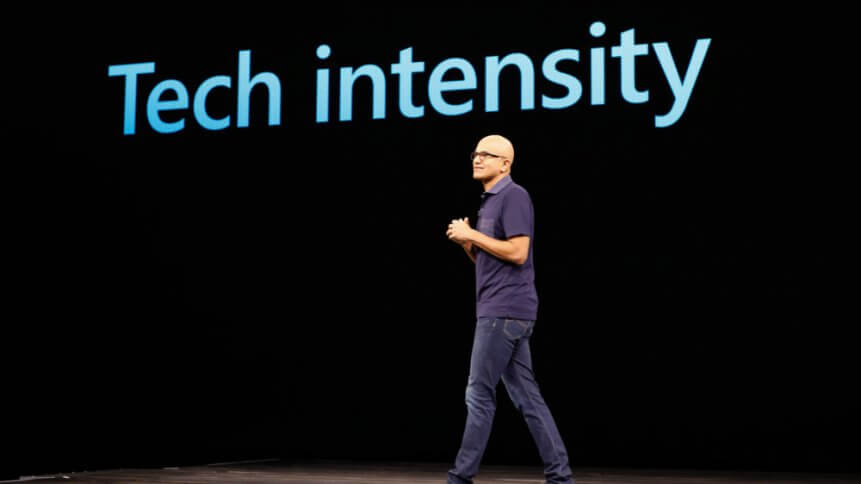Microsoft Ignite updates have CIOs rethinking cloud

At Ignite 2019 in Orlando last week, Microsoft presented a set of new approaches to technologies such as Azure Synapses Analytics, which looks into the data warehouse and analytics and Azure Arc, whereby cloud services can be managed in new ways.
The company also talked about its progress towards a quantum-computing-as-a-service offering, and several other innovations that will soon join the cloud service family. While the new development in their technology piqued the interests of developers and IT experts, the application and impact it will bring to enterprises will have CIOs reviewing their cloud strategies.
Scaling up or down with cloud
Azure Synapse Analytics Microsoft will be upgraded with Azure SQL Warehouse. The technology can handle petabytes of data in the cloud. Besides its available features— such as dynamic data masking, row, and column level security, whereby users have granular control— integration with Apache Spark, Power BI, and Azure Machine Learning brings new functionality.
Some of the functions include streaming data and analytics in real-time directly in the storage, as well as a unified workspace to process and manage data.
Like synapses connecting in a brain, the Azure Synapse Analytics is about helping enterprises store their data in a single place. On the other hand, Azure Arc helps the data to disperse across an organization through a common interface that manages activities in the Azure cloud and tasks running in other premises or cloud environments.
Most importantly, Microsoft announced the extension of Azure Arc’s services to other servers such as Linux and Windows. Organizations are given the flexibility to manage their resources on the cloud with the tool being available on different cloud premises.
Basically, CIOs may find it easier to scale up in cloud services when on-premises resources become scarce.
Azure Quantum
With Azure Quantum, CIOs can look forward to Microsoft offering quantum computing apps in the cloud, as an alternative option to IBM’s product.
The announcement of Azure Quantum perhaps came in with a big bang to the development of the technology as its scientists t claimed to found a way to control up to 50,000 qubits with only three wires and a half-inch-square chip bring maintained under temperature close to zero. However, the hardware to host this kind of power is still non-existence and the current development of quantum computers is at 53 qubits.
Even so, for CIOs and tech leaders keen on testing the power of quantum computers have the chance to lay their hands on Microsoft’s Azure.
Like IBM’s Q Experience, Microsoft’s Azure Quantum services can be rented out for companies to test the capabilities of quantum computing in streamlining operations and solve complex business optimization problems which conventional computer are unable to.
YOU MIGHT LIKE

Most employees don’t get ‘digital transformation’
Project Cortex
Lastly, the tech giant launched a new service, “Project Cortex”, known as a “knowledge network” which runs as a powerful organizer of enterprise content such as definition, files, and documents, even contact details of the topic expert. The service includes delivering the relevant content to an employee’s workflow.
Microsoft further elaborates on the development of Project Cortex as a way to utilize artificial intelligence (AI) in delivering insightful information from collective knowledge.
The introduction of this new service consolidates the powerful combination of knowledge and technology in helping employees excel in their tasks and perform at optimal levels.
Microsoft is innovating to bring technology-driven solutions to enterprises and staying competitive with its focus on hybrid cloud services this year by delivering a package of consistent and coherent management across cloud environments.









